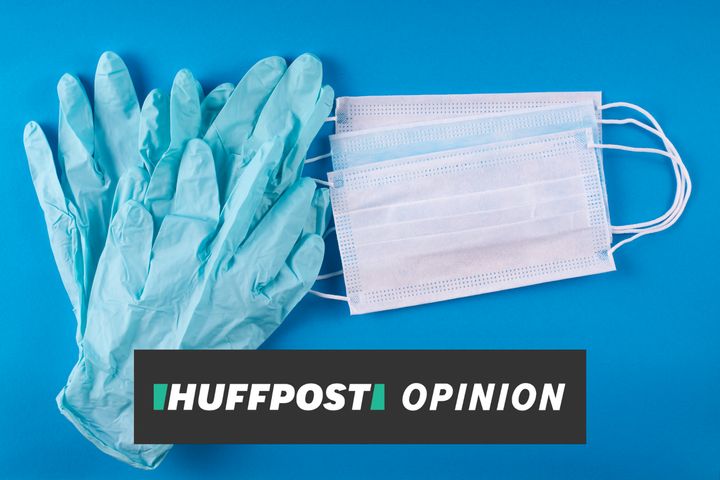
Numbers are seductive: they impose order onto events which feel chaotic in isolation. When we corral them into neat graphs, we take comfort in their inherent precision – especially during this global pandemic, when our lives have become distressing and unstable.
We especially look to the numbers to help predict the future. Where are we in comparison to countries, like Italy, that got so crushed by Covid-19 that their healthcare systems buckled? Gazing at the graphs can give us a glimpse into that murky crystal ball. As scary as the future might look, it’s preferable to being completely in the dark.
But when we are given different numbers from different sources, the crystal ball becomes even murkier. Given how reliant we are on those curves for forecasting the epidemic’s course and ensuring that the appropriate hospital infrastructure is in the right place at the right time, it’s disconcerting when doubt is cast on the veracity of our daily Covid-19 stats. Recently we’ve seen discrepancies between the Office for National Statistics figures and those released daily by the government.
The figures are different because each uses a different definition: the ONS relies on information recorded formally in death certificates (which has an inbuilt lag period of nearly a week) whereas the government collates a daily round-up of all hospital figures, themselves likely tallied using different local parameters. If a patient dies in their house or at a care home, the government figures won’t include that death; but the ONS figures won’t necessarily include everyone who died today, in real time, in hospital.
Does the discrepancy actually matter? In the grand scheme of things, not really. As a scientist, I am used to thinking about graphs holistically. It’s not wise to obsess over individual data points. What a scientist wants to see is the entire picture, or at least a decent stretch of it — the shape of the curve, not an individual daub of paint.
This is exactly the reason why some nutritionists recommend not obsessing over your morning weight reading on the scales, but instead keeping a rolling weekly average and gauging your slimming success (or failure) on those more robust numbers instead. There have been plenty of dips in Covid-19 death curves worldwide which ultimately turned out to be red herrings; only when our own curve has shown itself to be flattening over a number of days will we be able to feel more confident that we are beating this virus.
It is of paramount importance, however, that we do not grow complacent at that fateful inflection point. If we abandon strict social distancing measures too soon, the curve will simply un-flatten. Constant vigilance will be required to keep the virus under control, both among citizens within our borders and in visitors from other lands.
“This is exactly the reason why some nutritionists recommend not obsessing over your morning weight reading on the scales, but instead keeping a rolling weekly average.”
There are still so many unknowns: we still don’t know if the coming summer in the Northern hemisphere will dampen viral spread as is the case for respiratory viruses like influenza. We don’t know if prior exposure to the virus will confer lasting immunity to reinfection. We don’t know if the long-awaited vaccines, not deployable for at least 18 months, will actually work, and we don’t know how effective the barrage of experimental drugs currently in testing will turn out to be.
It’s conceivable that we might be looking at intermittent periods of lockdown for quite a long period of time before we come to some sort of biological agreement with this novel pathogen. The worst thing we can do right now is to underestimate it.
We are in our current dire position because as a global community, despite pleading from scientific experts, we failed to properly resource pandemic readiness. Once we think we have Covid-19 under control, there won’t be time to relax for long. We will need to take a good, hard look at our spending priorities. Because it’s not a question of if the next pandemic will arrive – it is when. And no daily death toll can tell us that.
Dr Jennifer Rohn is a cell biologist and head of the Centre for Urological Biology in the Division of Medicine at University College London, where her research team studies how pathogens interact with their human hosts. Her latest novel, Cat Zero, is about a viral epidemic in cats.
